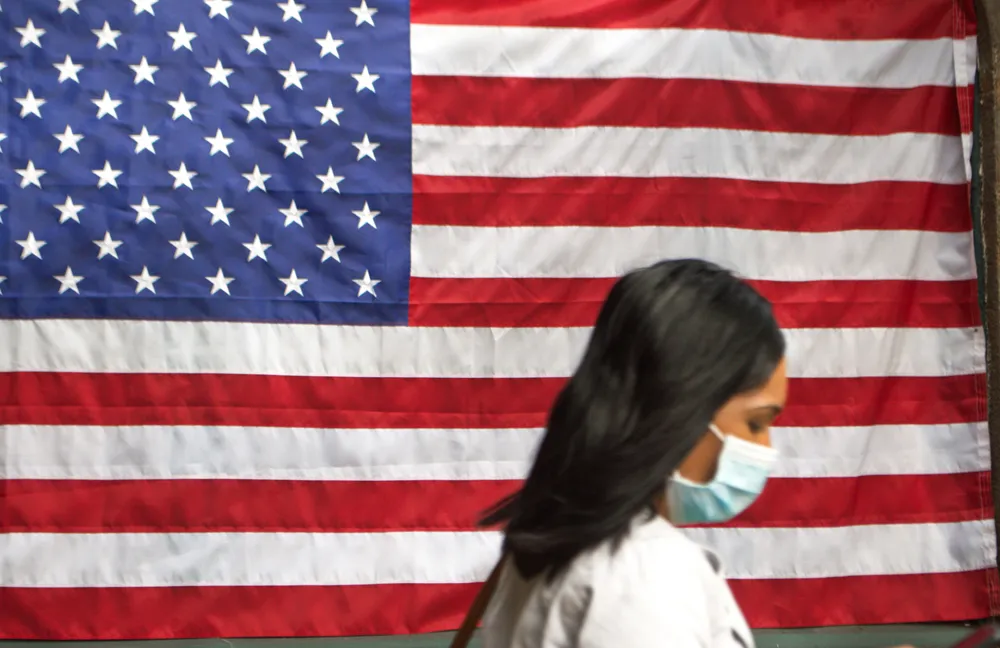A recent survey of fleet managers and decision-makers by GreenRoad, driver performance management service provider, entitled Fleet leaders embracing mobile technology potential, found that fleet managers are leading smartphone adoption and work-related app usage. The survey revealed strong interest in smartphones and mobile devices across the industries surveyed. Sixty-six percent of fleet leaders report that most of their managers now carry smartphones at work. Forty-three percent are using smartphone or
October 11, 2012
Read time: 2 mins
A recent survey of fleet managers and decision-makers by 4495 GreenRoad, driver performance management service provider, entitled Fleet leaders embracing mobile technology potential, found that fleet managers are leading smartphone adoption and work-related app usage.
The survey revealed strong interest in smartphones and mobile devices across the industries surveyed. Sixty-six percent of fleet leaders report that most of their managers now carry smartphones at work. Forty-three percent are using smartphone or mobile apps for fleet management activities, including fleet tracking and increasingly more advanced fleet and driver related services.
Of the fleet leaders surveyed, forty-one per cent expect manager fleet app adoption to continue increasing. Survey respondents said that as more managers receive smartphones and are trained in how to use them in their jobs, the more effective and efficient they will be at managing their fleets.
“We are amazed at how rapidly fleet leaders are turning to their smartphones to get fleet-related work done. We always knew there would be a migration, but this is happening unbelievably fast,” said Tanya Roberts, senior vice president of marketing for GreenRoad.
“This tidal wave of smartphone adoption mirrors what’s going on in the broader business landscape. Business managers in every industry are realizing the advantages of having information at their fingertips, and the ease of using a mobile computing platform,” continued Roberts.
GreenRoad expects to see driver adoption increase as more compelling driver-centric apps are brought to market, and as fleets learn about the options.
The survey revealed strong interest in smartphones and mobile devices across the industries surveyed. Sixty-six percent of fleet leaders report that most of their managers now carry smartphones at work. Forty-three percent are using smartphone or mobile apps for fleet management activities, including fleet tracking and increasingly more advanced fleet and driver related services.
Of the fleet leaders surveyed, forty-one per cent expect manager fleet app adoption to continue increasing. Survey respondents said that as more managers receive smartphones and are trained in how to use them in their jobs, the more effective and efficient they will be at managing their fleets.
“We are amazed at how rapidly fleet leaders are turning to their smartphones to get fleet-related work done. We always knew there would be a migration, but this is happening unbelievably fast,” said Tanya Roberts, senior vice president of marketing for GreenRoad.
“This tidal wave of smartphone adoption mirrors what’s going on in the broader business landscape. Business managers in every industry are realizing the advantages of having information at their fingertips, and the ease of using a mobile computing platform,” continued Roberts.
GreenRoad expects to see driver adoption increase as more compelling driver-centric apps are brought to market, and as fleets learn about the options.










